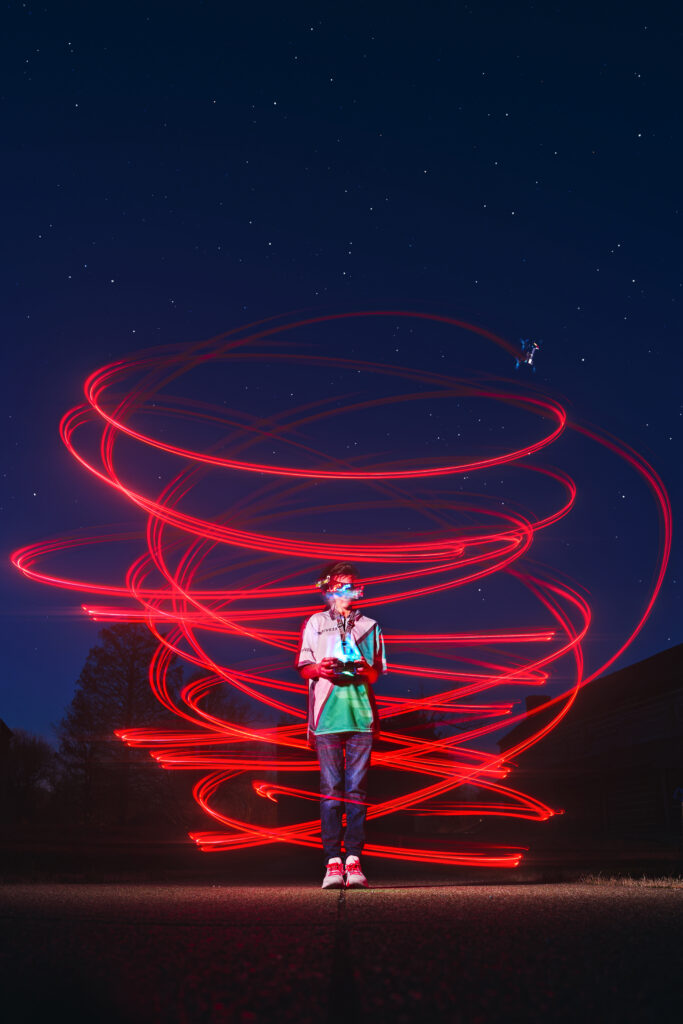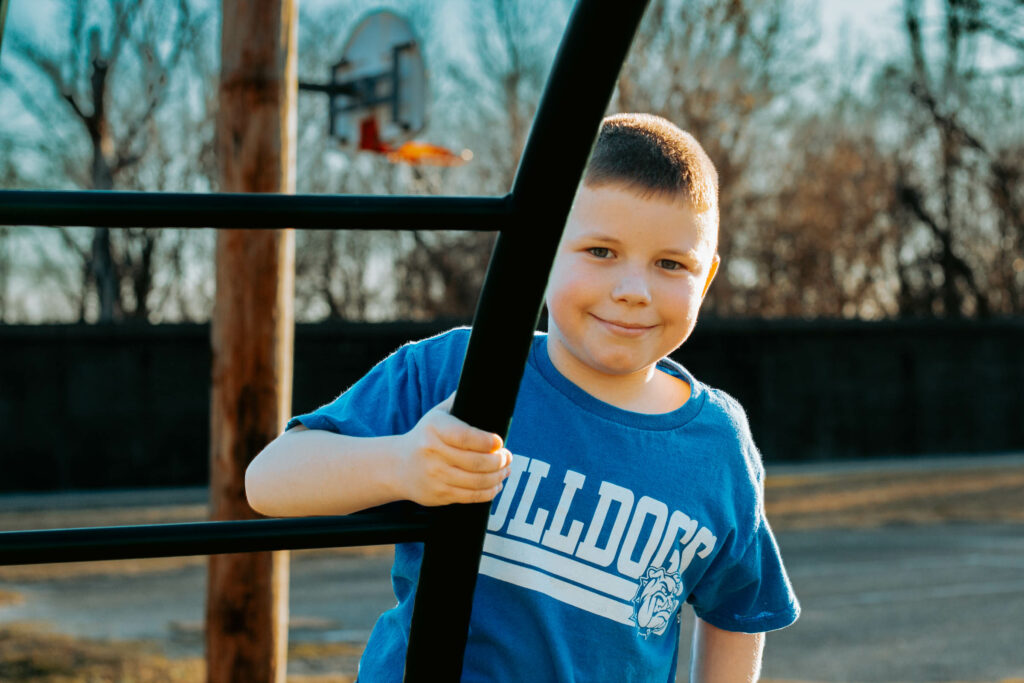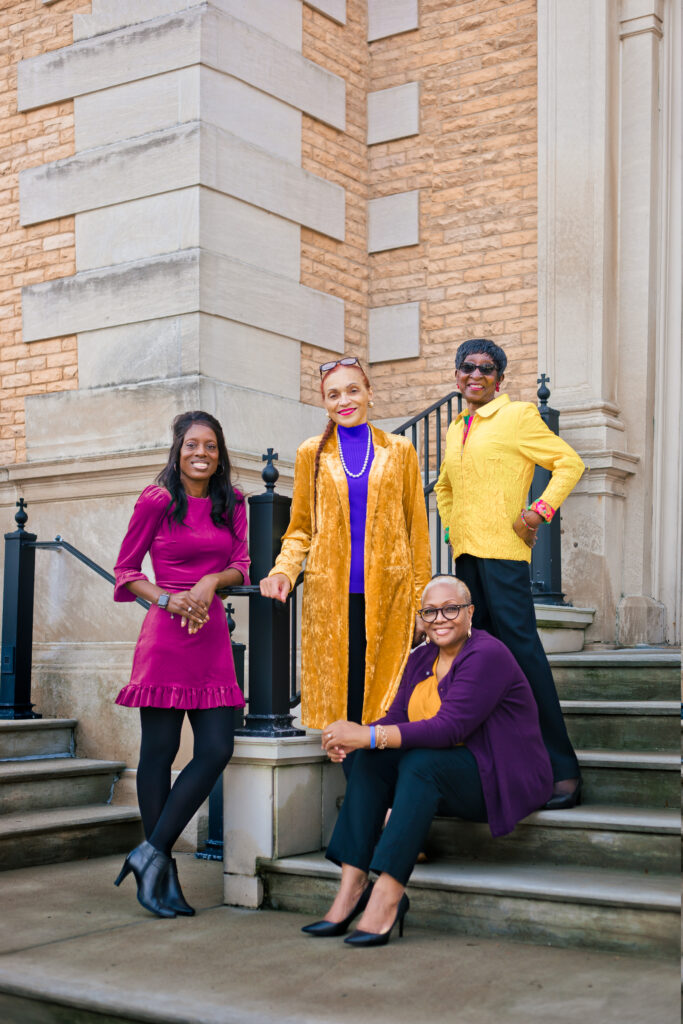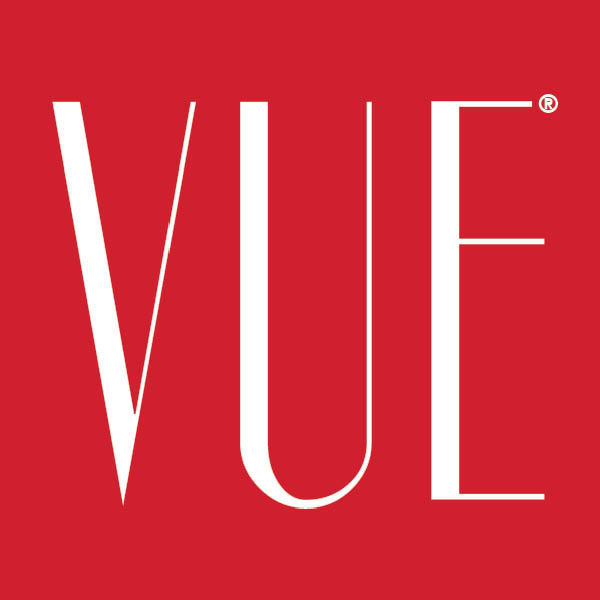Kimberly Fondaw had fought against her mother’s disease for a long time, trying to gain knowledge, trying to get her mother the best healthcare possible and trying to bridge the distance gap between Kentucky where she lived and Arizona where her mother lived.
When Alzheimer’s finally took her mother’s life, it could have easily meant the end of the fight for Kimberly. But that was hardly the case.
“It’s a promise that I made my mother before she died,” Kimberly recalls.
“I promised her that I was going to keep fighting for her, in one way or another.”
To uphold that promise, Kimberly turned to an organization that had already provided her a great deal of support, the Alzheimer’s Association of Greater Kentucky and Southern Indiana.
“When my mother was diagnosed with Alzheimer’s, I didn’t know a lot about it, and I didn’t understand it. It was difficult to find information and I was a long-distance caregiver,” she remembers.
“The National Association put me in touch with the chapter here in Kentucky, and going forward, from day one, they were a source of great information in coping and dealing with caring for someone with Alzheimer’s.”
“Knowing that they were there and knowing that you have someone to turn to that can guide you through this roadmap of care was a big support.”
It was the year of her mother’s death that Kimberly participated in her first Walk to End Alzheimer’s. Each year, more than 600 communities hold a fundraising and awareness-building walk. In 2018, Paducah’s Walk to End Alzheimer’s drew 350 people to Bob Noble Park.
Bari Lewis, director of programs and services for the Association, says that the Walk annually draws participants from a variety of places along the Alzheimer’s journey.
Some, like Kimberly, walk each year to remember loved ones who have lost their lives to Alzheimer’s or dementia. Some who are suffering from the disease come as a way to show gratitude to those who care for them. Some are those caregivers who walk in support of those they care for. Some simply come so that they can be a small part of the movement that ends this tragic disease, which is the 6th leading cause of death in the United States.
As an organization, the Alzheimer’s Association exists to provide support to the 5.8 million Americans who are suffering with Alzheimer’s or other dementia disorders and to the more than 16 million Americans who are providing unpaid care to those who suffer. They do this through regular support groups and outreach, providing patients and caregivers with the very roadmap that Kimberly says was so helpful to lead her through her mother’s fight.
In addition, the organization reaches into the healthcare system, creating partnerships with healthcare workers to improve patient experiences and outcomes and to reduce the burden felt by these clinicians as they provide care for someone suffering from Alzheimer’s or dementia.
The backbone of the organization as a whole, Bari says, lies in the constant fundraising that the organization does.
“The mission of the Alzheimer’s Association is to eliminate Alzheimer’s disease. One of the significant ways we do that is through fundraising for clinical and social research as well as feeding care and support efforts.” Bari says.
To achieve all of these goals, the organization is always searching for volunteers to help grow their ability to help those affected by Alzheimer’s.
“Recently, we are focusing our efforts on finding more volunteers, so we can really increase our reach in terms of programming,” Bari says.
“We want volunteers that are from the communities we serve to know what is going on those communities and that understand the needs of those communities.”
“We are looking for basically all kinds of volunteers.”
Bari says many of the organization’s volunteers are individuals who are retired who want to help contribute and stay connected to their community. Individuals who have experience in the Alzheimer’s journey are an asset, but it is not a requirement for volunteering, she says.
There are a variety of ways that volunteers can be utilized in the organization, from leading support groups to teaching programs and through general awareness building at events such as health fairs, Bari says.
“We are really looking for people from all kinds of backgrounds and we can use you where you feel most comfortable,” she says.
“Are you comfortable talking in front of a group about our programs? If not, perhaps you might be comfortable just talking one-on-one with people about our resources.”
According to Bari, it takes an “army” of volunteers to host the annual Walk to End Alzheimer’s, of which the chapter does 12 of across their territory each year.
“There are lots of ways to help us out,” she says.
For Kimberly, it was through the annual Walk that her volunteerism with the organization began.
Now, she is a part of the Association’s Ambassador program, advocating at the state and federal levels each year for positive awareness, change and funding to fuel the fight against Alzheimer’s and dementia.
“We need volunteers in every aspect of this fight,” Kimberly says.
“I tell others that if they want to see change, they can start by doing little things.”
“We love volunteers and everyone is welcome.”
November is National Alzheimer’s Awareness Month and also National Family Caregivers Month.
After the Association’s Walk season in September and October, Director of Programs and Services Bari Lewis says they spend November celebrating these two milestones with a focus on awareness and gratitude.
“It’s usually a time for thanks giving, so we share around that thought process,” she says.
“It’s a reflective month for us.”
If you’d like to learn more about the Alzheimer’s Association of Greater Kentucky and Southern Indiana or if you’d like to explore volunteer opportunities for yourself or others, please visit www.alz.org/kyin.






